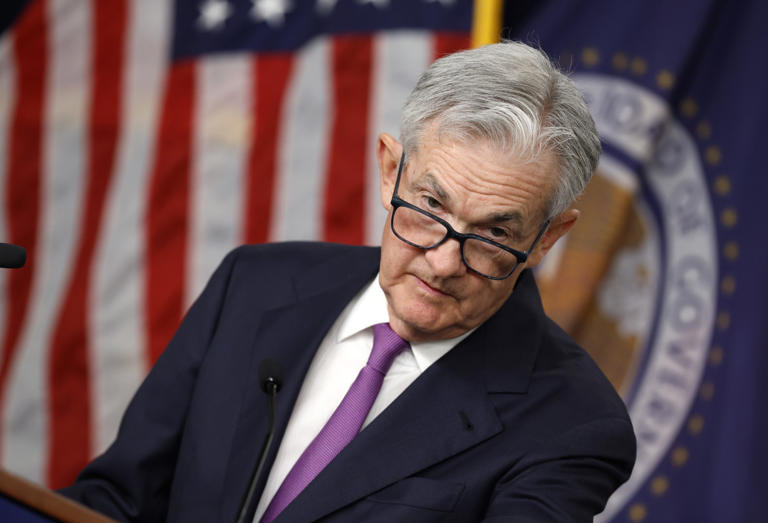In May, the U.S. inflation landscape showed notable signs of moderation, offering pivotal insights into the economic trajectory ahead of the Federal Reserve’s crucial June rate decision. The Consumer Price Index (CPI), a key gauge of inflation, registered a year-over-year increase of 3.3%, a slight dip from April’s 3.4% and closely aligning with expectations set by Wall Street analysts. This figure signaled a stabilization in price pressures after months of elevated inflation rates, underscoring potential shifts in consumer spending dynamics and economic sentiment.
On a monthly basis, the CPI remained unchanged compared to April, marking a significant slowdown from the 0.3% increase recorded in the previous month. This was the smallest monthly rise in prices observed in four years, reflecting subdued movements across various consumer goods and services categories. Core inflation, which excludes volatile components such as food and energy prices, also saw a notable decline, dropping to an annual rate of 3.4%. This represented the lowest level in over three years and came in below the anticipated 3.5%, further indicating broad-based easing in underlying inflationary pressures.
The market reaction to these inflation figures was swift and positive. U.S. stock futures surged in pre-market trading, with futures tied to the S&P 500 indicating a 44-point gain at the opening bell, while Dow Jones futures suggested a robust 288-point advance. The Nasdaq, which had closed at a record high just the day before, extended its rally with futures pointing to a 170-point increase, underscoring investor optimism fueled by the reassuring CPI data.
In the bond market, the response was equally pronounced. Yields on the benchmark 10-year Treasury note fell sharply by 10 basis points to 4.299%, reflecting diminished expectations of near-term interest rate hikes by the Federal Reserve. Similarly, yields on 2-year Treasury notes declined by 0.13 percentage points to 4.708%, as investors priced in a more accommodative monetary policy stance in response to the subdued inflation readings.
The U.S. dollar, as measured by the dollar index against a basket of major global currencies, also weakened significantly following the CPI release. It dropped by 0.60% to 104.603, marking its lowest level in nearly two months. This depreciation reflected market perceptions that the Federal Reserve might delay aggressive monetary tightening measures amidst moderating inflationary pressures and ongoing economic uncertainties.
Later in the day, all eyes turned to the Federal Reserve’s scheduled announcement of updated economic projections and interest rate decisions. The Fed’s communication included the release of the “dot plot,” which outlines individual policymakers’ expectations for future interest rate movements. This forward guidance is closely scrutinized by market participants for clues about the timing and pace of potential policy adjustments, crucial for shaping investor expectations and market dynamics in the coming months.
Overall, the May CPI data provided a critical snapshot of inflation trends in the U.S. economy, offering reassurance to investors and policymakers alike amid ongoing concerns about the pace of economic recovery and potential risks to financial stability. The Federal Reserve’s subsequent actions and communications were poised to further influence market sentiment, guiding expectations for future monetary policy decisions as the economy navigates through evolving challenges and opportunities.
